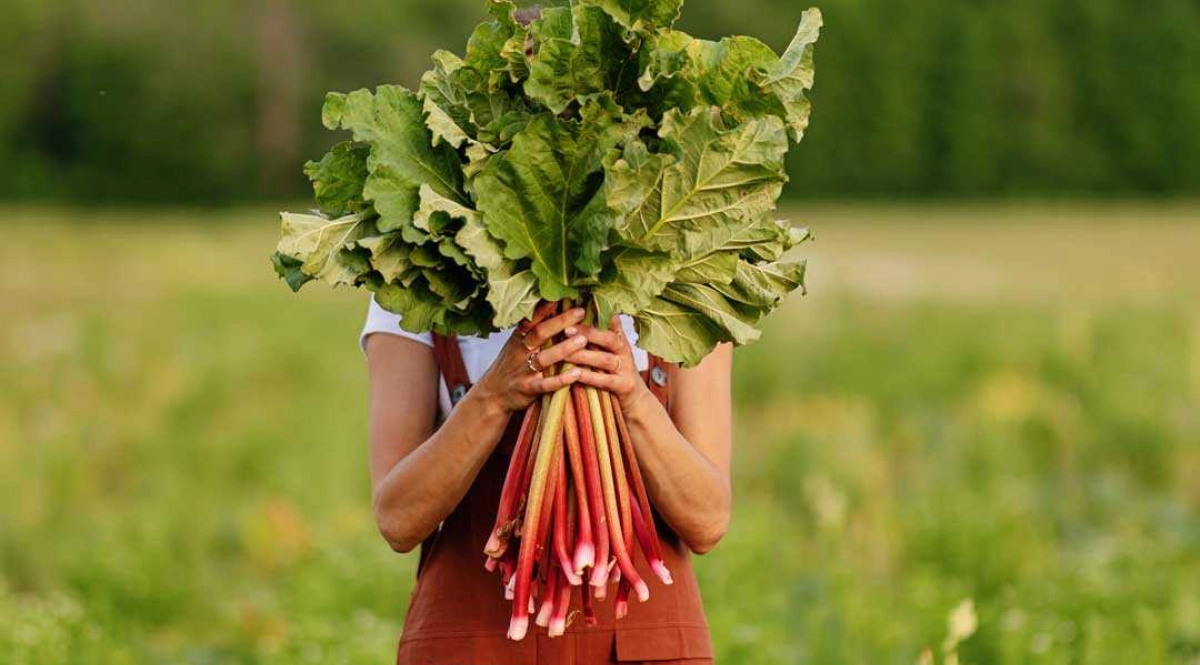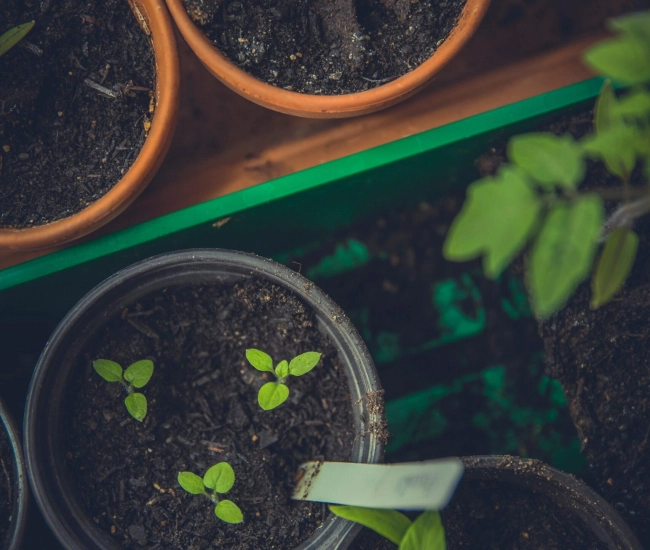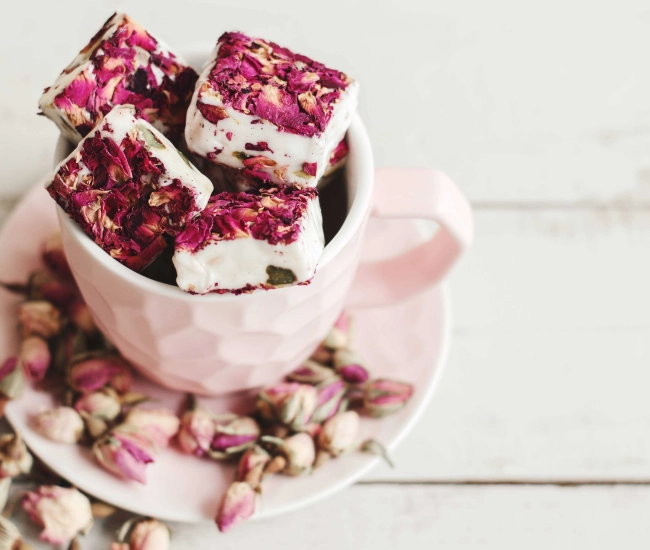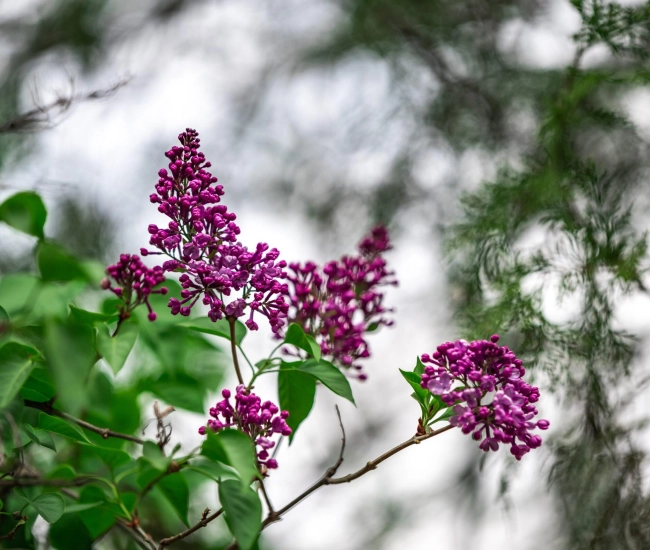
Many of us certainly have childhood memories of long rhubarb stalks dipped in a small pot of sugar as a springtime snack. This sweet and tangy taste knew how to awaken the taste buds! Did you have some friends who preferred to season their rhubarb with salt? Maybe they were right after all, because even though it is mostly consumed here as a dessert, rhubarb is not a fruit but a vegetable. A perennial vegetable, to be more precise. We explain everything about this interesting vegetable which, besides being delicious, is really pretty in the garden.
Where to plant rhubarb?
Unlike other vegetables that are planted in the garden each year to be uprooted at the end of the season and started anew, rhubarb will develop better and be happier in a flowerbed. Over time, the plants can expand a lot and overshadow your other vegetables and herbs that need the warm rays of the sun to thrive. Choose a sunny spot for them ideally or semi-shaded, where your rhubarbs can display all their splendor. Opt for a rich and deep soil that drains well.
With their beautiful green heart-shaped leaves deeply veined and their colorful petiole, rhubarbs have good ornamental potential. In spring, they produce beautiful creamy-white feathery flowers that you can enjoy, because contrary to popular belief, it is not necessary to remove the flowers for the rhubarb to be productive. You can cut the flower stalks once the blooming is over. Use rhubarb as a backdrop for your flowerbeds or in clusters at various spots on your land.
Maintaining rhubarb
Another element that distinguishes rhubarb from other vegetables is the time required for its development and production. You have to wait until the second or even the third season after planting to have an interesting harvest. It takes time for the plant to root well. If you harvest in the second year, do so sparingly. From year 3, you can take two-thirds of the stalks, leaving the others in place so the plant can regain its strength. It is preferable to pull the stalks rather than cut them with a knife, as this reduces the risk of diseases.
Watering
Rhubarb appreciates fresh and moist soil, without being waterlogged. Water during heatwaves or if the soil is very dry. Using mulch can greatly help maintain the soil at an adequate temperature and humidity for its development.
Fertilization
Rhubarb is a rather greedy plant. Each year, amend the soil by adding compost to ensure a good level of organic matter. Also, apply a balanced fertilizer in the spring to provide the minerals necessary for the plant's optimal growth. Always follow the manufacturer's instructions.
Other care
Rhubarb can live in the same spot and produce abundantly for many years. It loses its leaves in the fall, no need to prune it. Quebec winters do not scare it, they are even very beneficial for its regeneration, which is why it is widespread and popular in northern areas.
If you notice a decrease in its productivity, do not hesitate to dig it up and divide it to replant it elsewhere on your land.
Rhubarb is generally not very sensitive to insects, but Japanese beetles are fond of it: keep an eye on them!
Delicious rhubarb!
Rhubarb is mainly found in sweet dishes like pies, crumbles, and jams. It beautifully complements strawberries indeed! It can also be served in chutney to accompany fish or meat and even added to salads by cooking it first with a bit of sugar to balance its acidity. Try it, you’ll see!
Beware of the leaves!
With their concentration of oxalic acid, rhubarb leaves are considered toxic and should not be consumed. It was even long advised to avoid putting them in domestic compost so as not to compromise its quality. This has been revised and you can now compost your rhubarb leaves without worry.
By infusing rhubarb leaves in boiling water, you would obtain an excellent repellent for aphids. Does it work? It's definitely worth a try!
Sweet or savory, rhubarb is a plant as beautiful as it is good, which will add a gourmet touch to your flowerbeds. Bring out your little pots of sugar – or salt – and happily enjoy this very interesting vegetable.
Tips and advice



